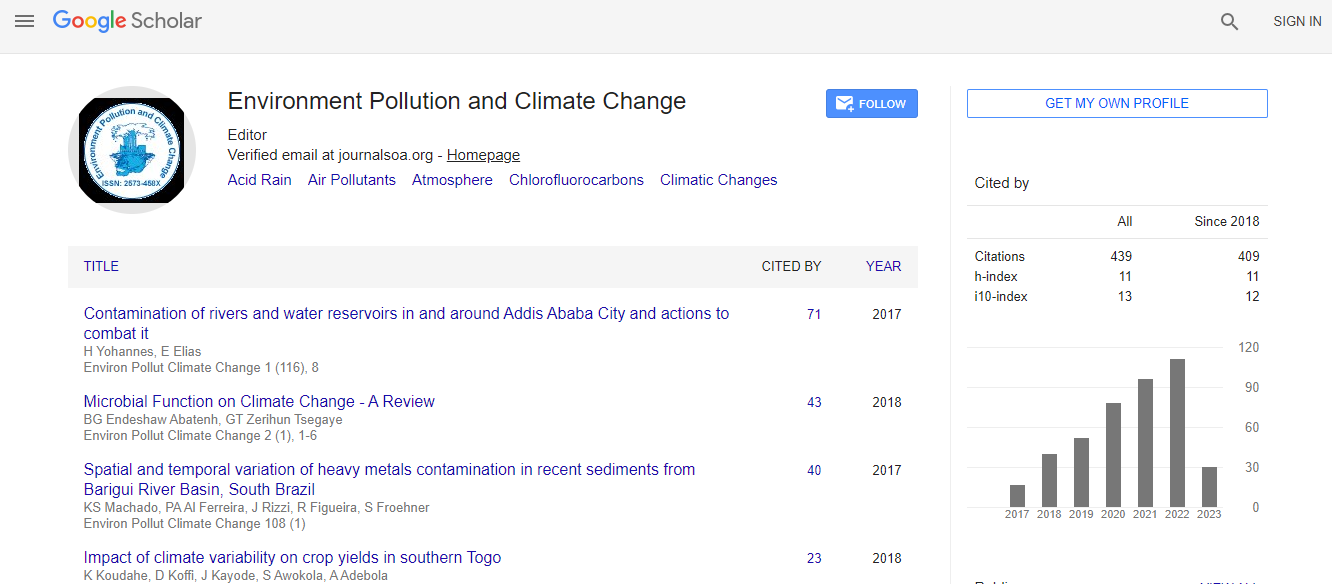Review Article
Mitigation Measures and Recommendations in the USA to Reduce Environmental Impacts of Transportation Infrastructure on Wildlife
Fengxiang Qiao, Boya You, Qing Li* and Lei YuInnovative Transportation Research Institute, Texas Southern University, 3100 Cleburne Street, Houston, Texas, 77004, USA
- Corresponding Author:
- Qing Li
Post-doctoral Fellow
Innovative Transportation Research Institute
Texas Southern University, 3100 Cleburne Street
Houston, Texas, 77004, USA
Tel: 713-313-7532
E-mail: liq@tsu.edu
Received date: July 14, 2017; Accepted date: July 25, 2017; Published date: July 29, 2017
Citation: Qiao F, You B, Li Q, Yu L (2017) Mitigation Measures and Recommendations in the USA to Reduce Environmental Impacts of Transportation Infrastructure on Wildlife. Environ Pollut Climate Change 1:135. 10.4172/2573-458X.1000135
Copyright: © 2017 Qiao F, et al. This is an open-access article distributed under the terms of the Creative Commons Attribution License, which permits unrestricted use, distribution, and reproduction in any medium, provided the original author and source are credited.
Abstract
Serious and adverse conservation consequences of transportation infrastructure have not only altered the landscape but have also become a source of pollution to impact the entire environment and the living styles of wildlife in the planet. The design, construction, operation and management of transportation infrastructure should therefore consider their environmental and ecological impacts from the point of views of conservation biology and environmental science. This paper summarizes the mitigation measures in the USA to avoid, minimize and mitigate negative environmental and ecological impacts of transportation infrastructure on wildlife movements, including wildlife crossing structures and fencing. The review of existing efforts to enhance wildlife crossings in the USA and federal/state level guidelines and recommendations are presented, together with the cost-benefit analyses. It is recommended that each local transportation agency proposes implementation steps to examine the current practices to reduce the negative impacts of transportation infrastructure on wildlife and make recommendations on how to systematically incorporate the successful design practices into their local transportation projects.

 Spanish
Spanish  Chinese
Chinese  Russian
Russian  German
German  French
French  Japanese
Japanese  Portuguese
Portuguese  Hindi
Hindi 
